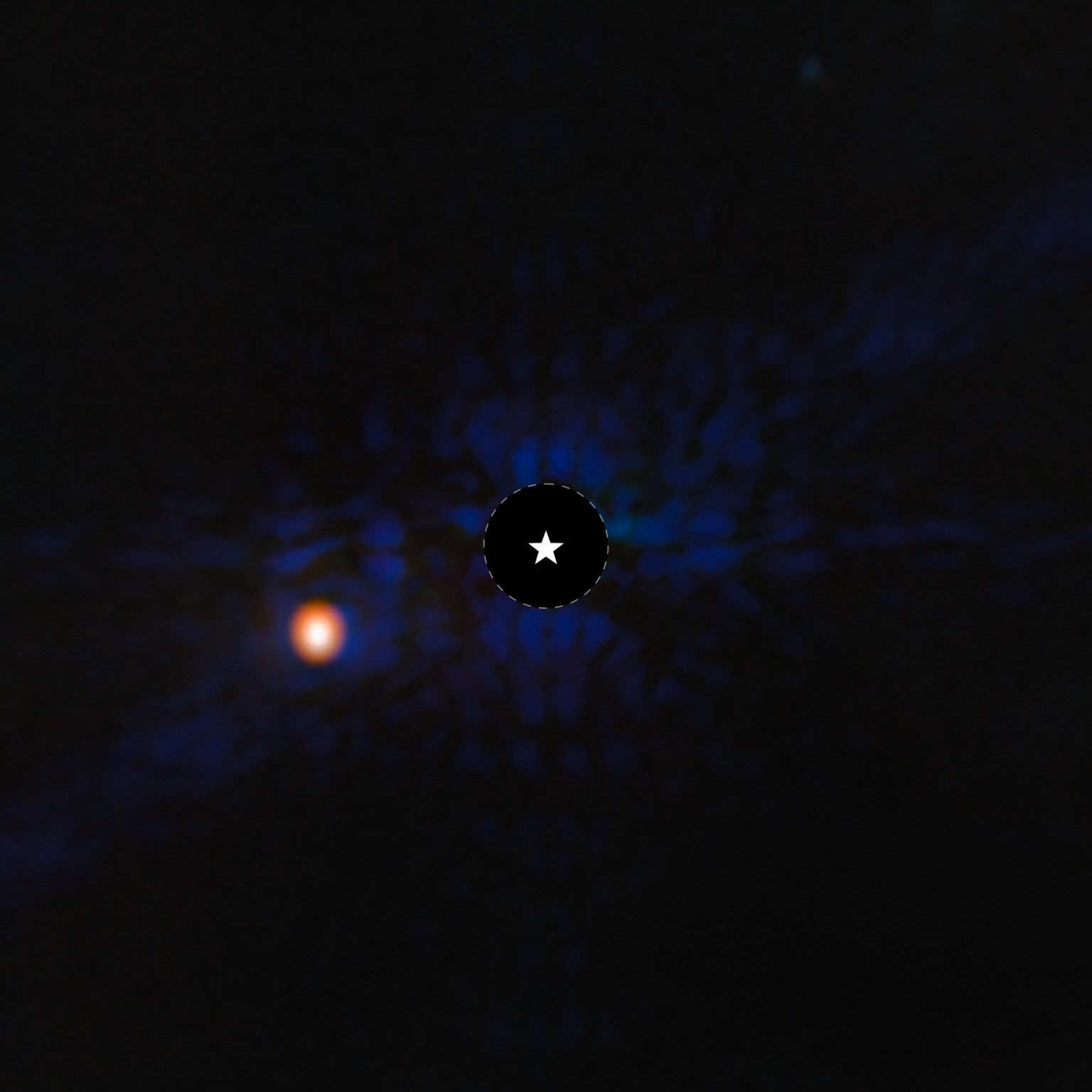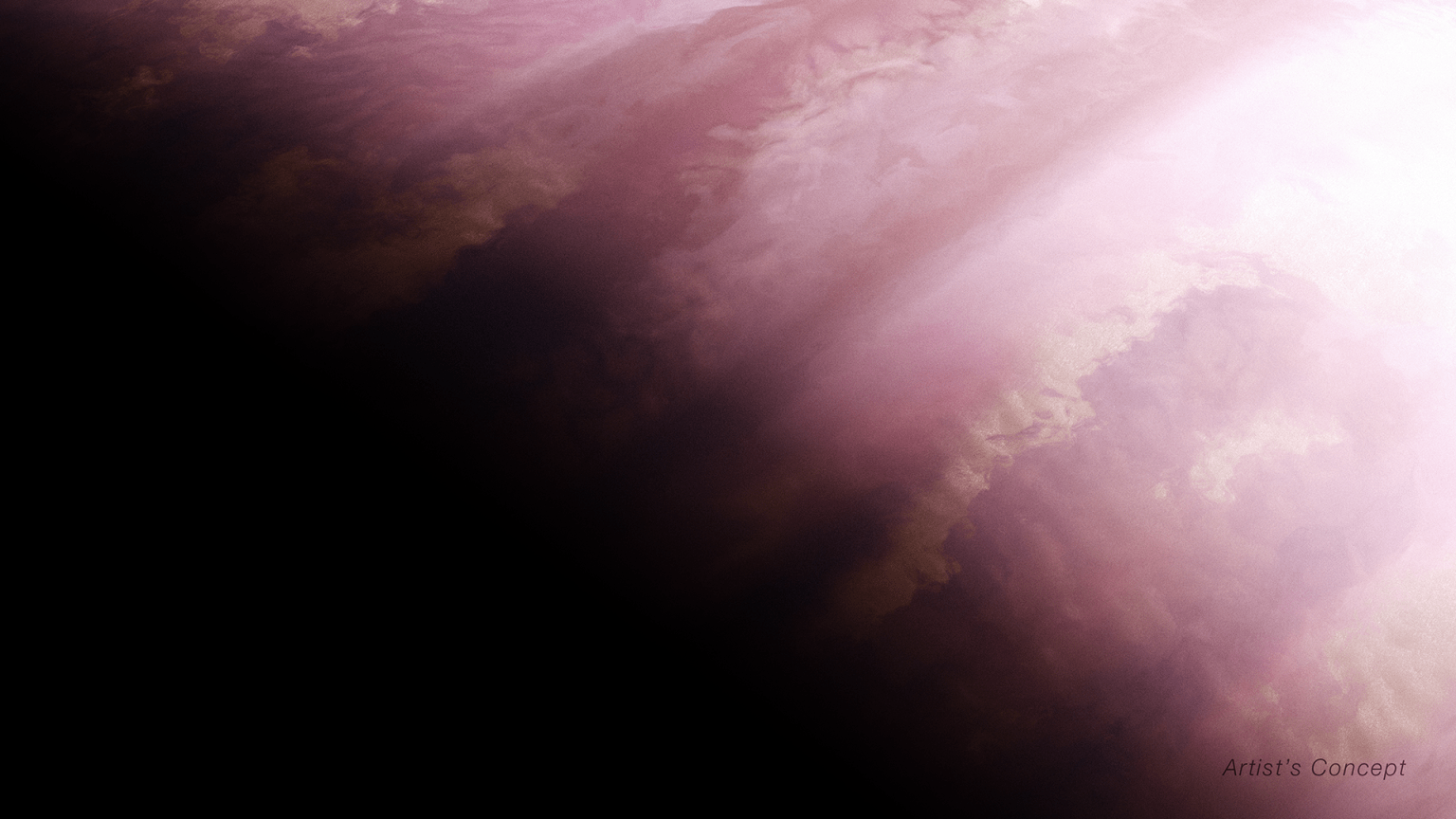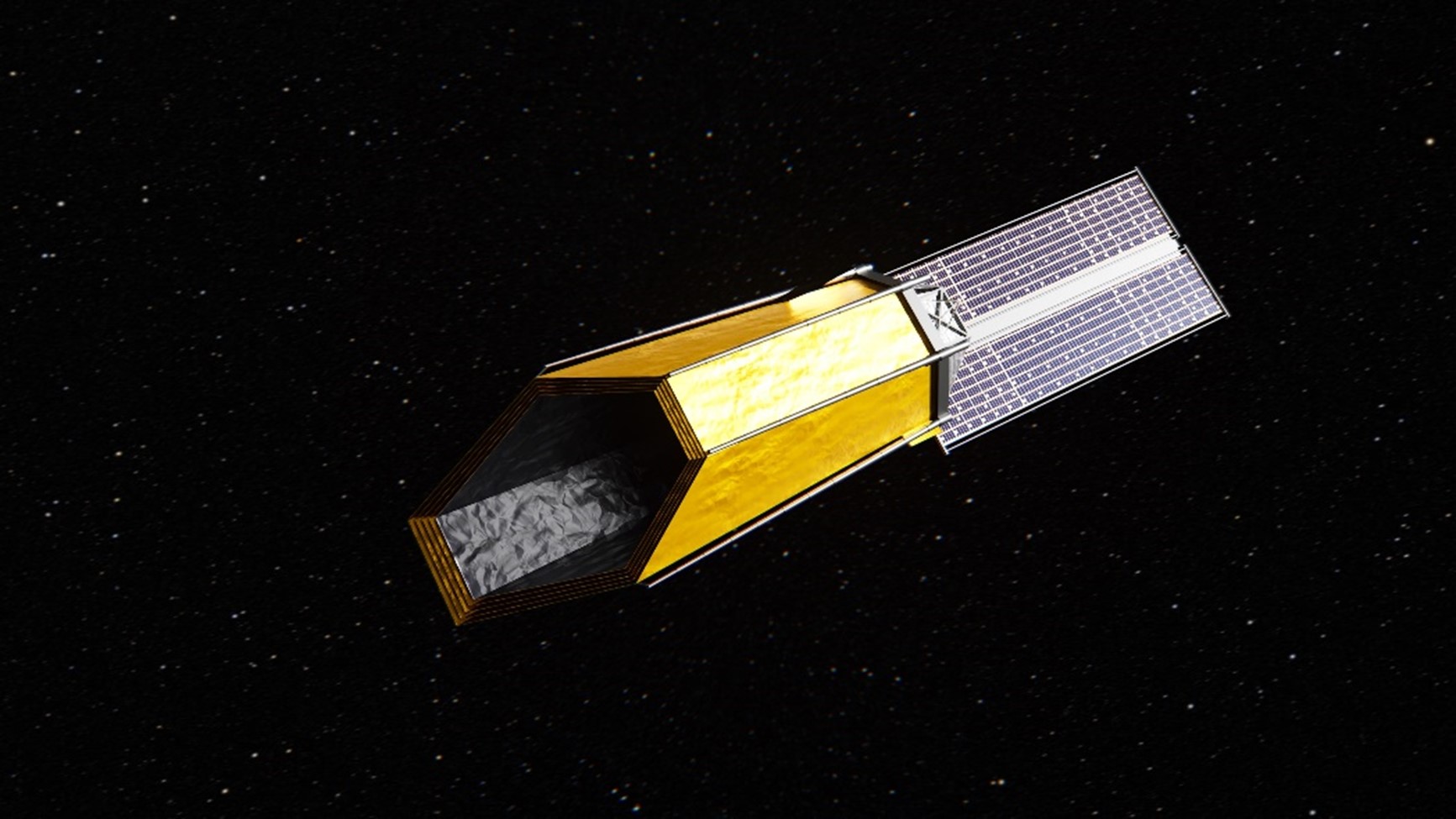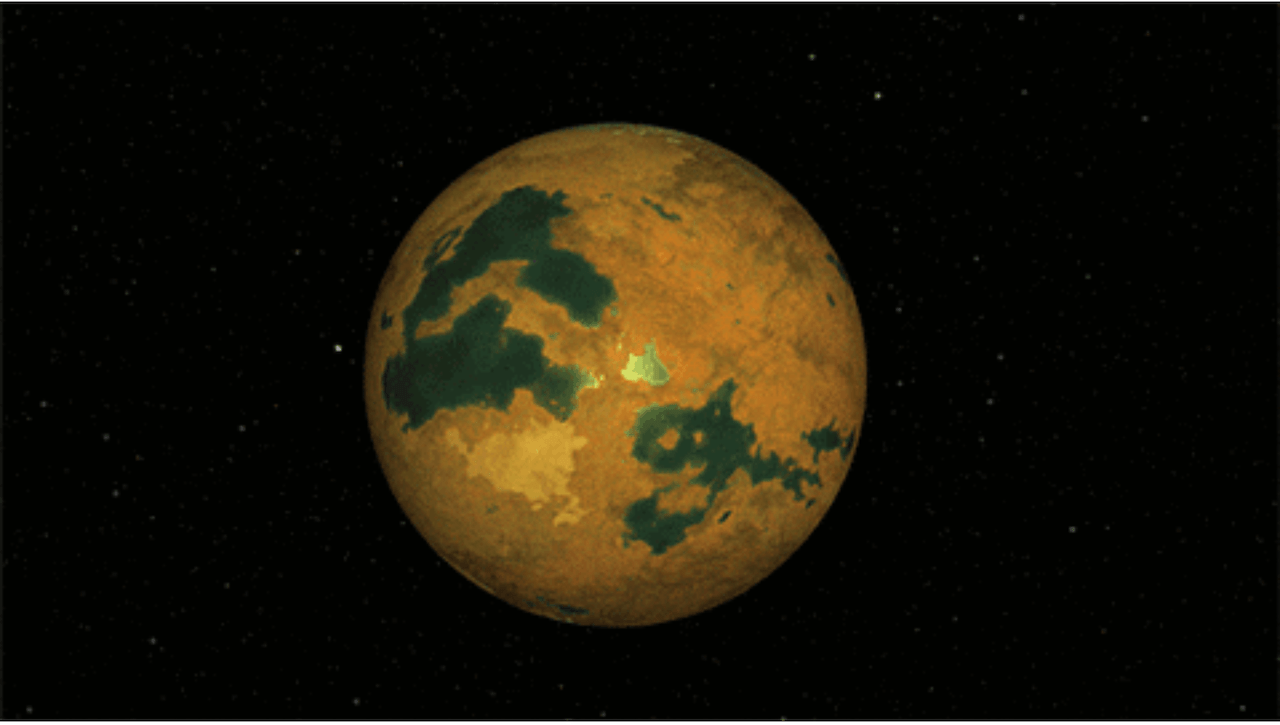6 Min Read NASA’s Webb Images Cold Exoplanet 12 Light-Years Away This image of the gas-giant exoplanet Epsilon Indi Ab was taken with the coronagraph on NASA’s James Webb Space Telescope’s MIRI (Mid-Infrared Instrument). A star symbol marks the location of the host star Epsilon Indi A, whose light has been blocked by the coronagraph, resulting in the dark circle marked with a dashed white line (full image below) An international team of astronomers using NASA’s James Webb Space Telescope has directly imaged an exoplanet roughly 12 light-years from Earth.…
Read MoreTag: Exoplanet Science
NASA’s Webb Investigates Eternal Sunrises, Sunsets on Distant World
6 Min Read NASA’s Webb Investigates Eternal Sunrises, Sunsets on Distant World Artists concept of WASP-39 b (full image below). Near-infrared spectral analysis of terminator confirms differences in morning and evening atmosphere Researchers using NASA’s James Webb Space Telescope have finally confirmed what models have previously predicted: An exoplanet has differences between its eternal morning and eternal evening atmosphere. WASP-39 b, a giant planet with a diameter 1.3 times greater than Jupiter, but similar mass to Saturn that orbits a star about 700 light-years away from Earth, is tidally locked…
Read MoreNASA Awards Advance Technologies for Future Habitable Worlds Mission
This artist’s concept features one of multiple initial possible design options for NASA’s Habitable Worlds Observatory. Credits: NASA’s Goddard Space Flight Center Conceptual Image Lab NASA announced Friday it selected three industry proposals to help develop technologies for future large space telescopes and plan for the agency’s Habitable Worlds Observatory mission concept, which could be the first space telescope designed to search for life outside our solar system. The mission would directly image Earth-like planets around stars like our Sun and study their atmospheres for the chemical signatures of life,…
Read MoreDiscovery Alert: Spock’s Home Planet Goes ‘Poof’
Artist’s concept of a previously proposed possible planet, HD 26965 b – often compared to the fictional “Vulcan” in the Star Trek universe. Credit: JPL-Caltech The discovery A planet thought to orbit the star 40 Eridani A – host to Mr. Spock’s fictional home planet, Vulcan, in the “Star Trek” universe – is really a kind of astronomical illusion caused by the pulses and jitters of the star itself, a new study shows. Key facts The possible detection of a planet orbiting a star that Star Trek made famous drew…
Read MoreNASA Puts Next-Gen Exoplanet-Imaging Technology to the Test
6 min read Preparations for Next Moonwalk Simulations Underway (and Underwater) JPL scientist Vanessa Bailey stands behind the Nancy Grace Roman Coronagraph , which has been undergoing testing at JPL. About the size of a baby grand piano, the Coronagraph is designed to block starlight and allow scientists to see the faint light from planets outside our solar system. A cutting-edge tool to view planets outside our solar system has passed two key tests ahead of its launch as part of the agency’s Roman Space Telescope by 2027. The Coronagraph…
Read MoreMeet the Infrared Telescopes That Paved the Way for NASA’s Webb
Scientists have been studying the universe with infrared space telescopes for 40 years, including these NASA missions, from left: the Infrared Astronomical Satellite (IRAS), launched in 1983; the Spitzer Space Telescope, launched in 2003; and the James Webb Space Telescope, launched in 2021. NASA/JPL-Caltech The Webb telescope has opened a new window onto the universe, but it builds on missions going back 40 years, including Spitzer and the Infrared Astronomical Satellite. On Dec. 25, NASA will celebrate the two-year launch anniversary of the James Webb Space Telescope – the largest…
Read More



